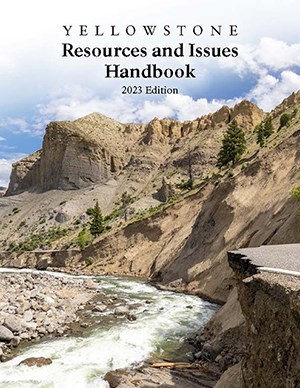
Much of the information found throughout this website comes from Yellowstone Resources and Issues Handbook—an annual compendium of important concepts about Yellowstone’s many resources, park history, science and research conducted in the greater Yellowstone area, and critical management issues facing Yellowstone National Park. Many people have dedicated their lives and careers to studying Yellowstone and the park has a long history of research and public interest. The park hosts more than 150 researchers from various agencies, universities, and organizations each year. They produce hundreds of papers, manuscripts, books, and book chapters on their work annually—a volume of information that is difficult to absorb. This compendium is intended to help you understand the important concepts about Yellowstone’s many resources and contains information about the park’s history, natural and cultural resources, and issues. Electronic DocumentsFor those wanting a digital document, here are the PDF versions of the entire handbook and the different chapters. Links to the web-based content are below.
Source: Data Store Collection 9320. To search for additional information, visit the Data Store. 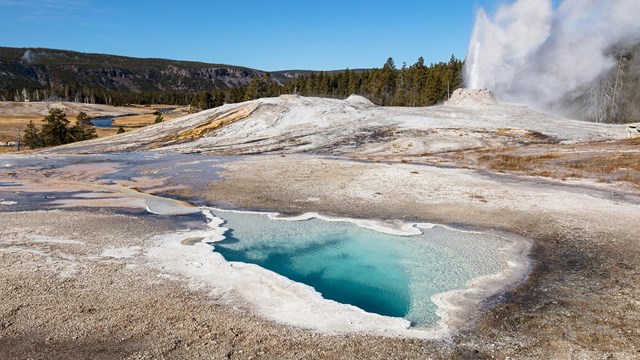
Park Facts
Learn how large Yellowstone is to how many mammals live in the park. 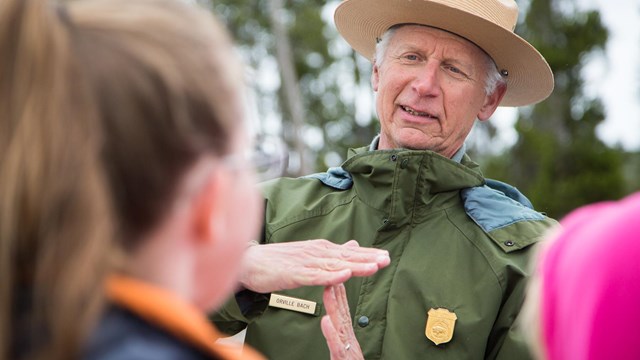
FAQs
Read answers to many frequently asked questions. 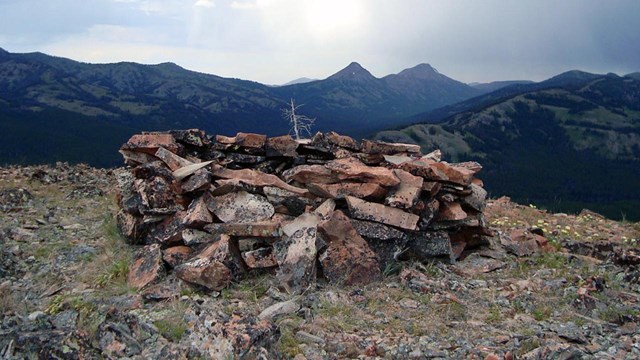
Park History
Learn about Yellowstone's story from the earliest humans to today. 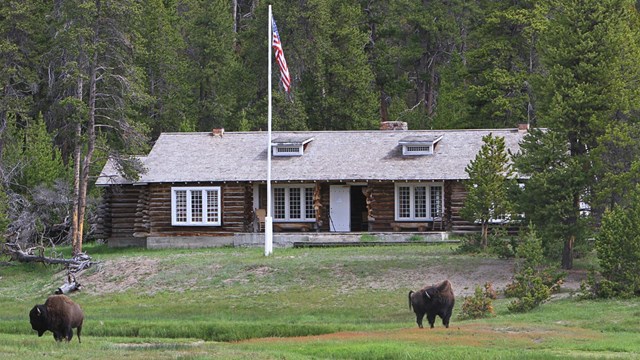
Preservation
The preservation of cultural resources helps tell the stories of people and their connections to the park. 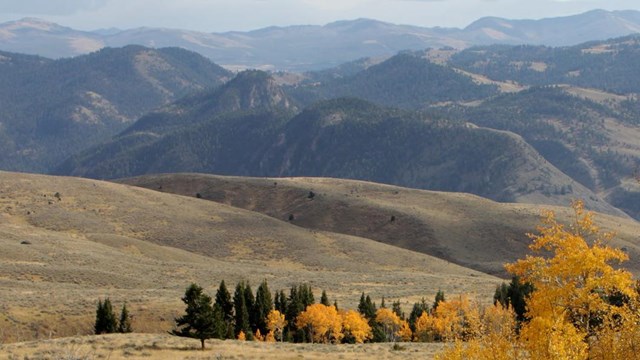
Greater Yellowstone Ecosystem
Yellowstone is the core of one of the largest, nearly intact temperate-zones on Earth. 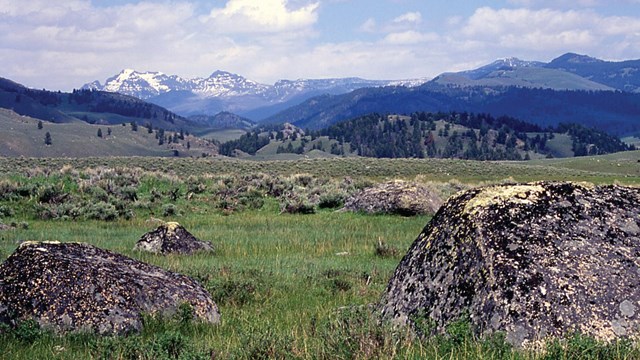
Geology
A volcano, geysers and other thermal features, earthquakes, and glaciers shape Yellowstone's landscape. 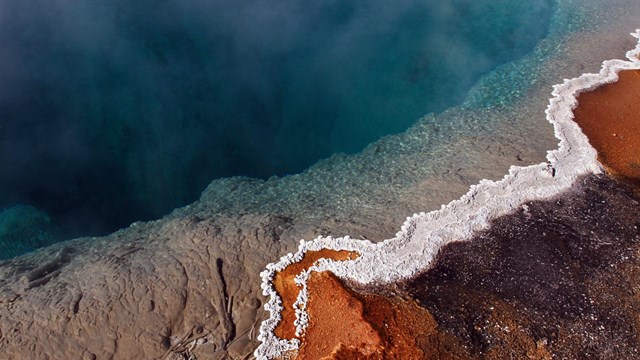
Life in Extreme Heat
Hydrothermal features are habitats for microscopic organisms called thermophiles: "thermo" for heat, "phile" for lover. 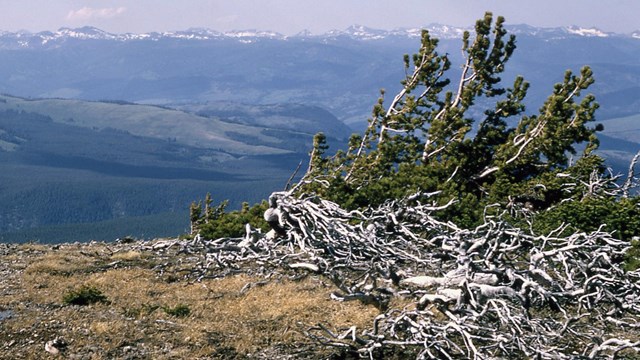
Plants
Yellowstone's plants include species typical of the Rocky Mountains, the Great Plains, and the Intermountain region. 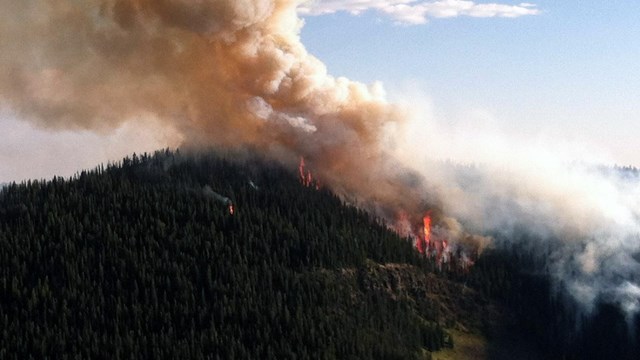
Wildland Fire
Fire is a natural process and shapes the ecosystem. 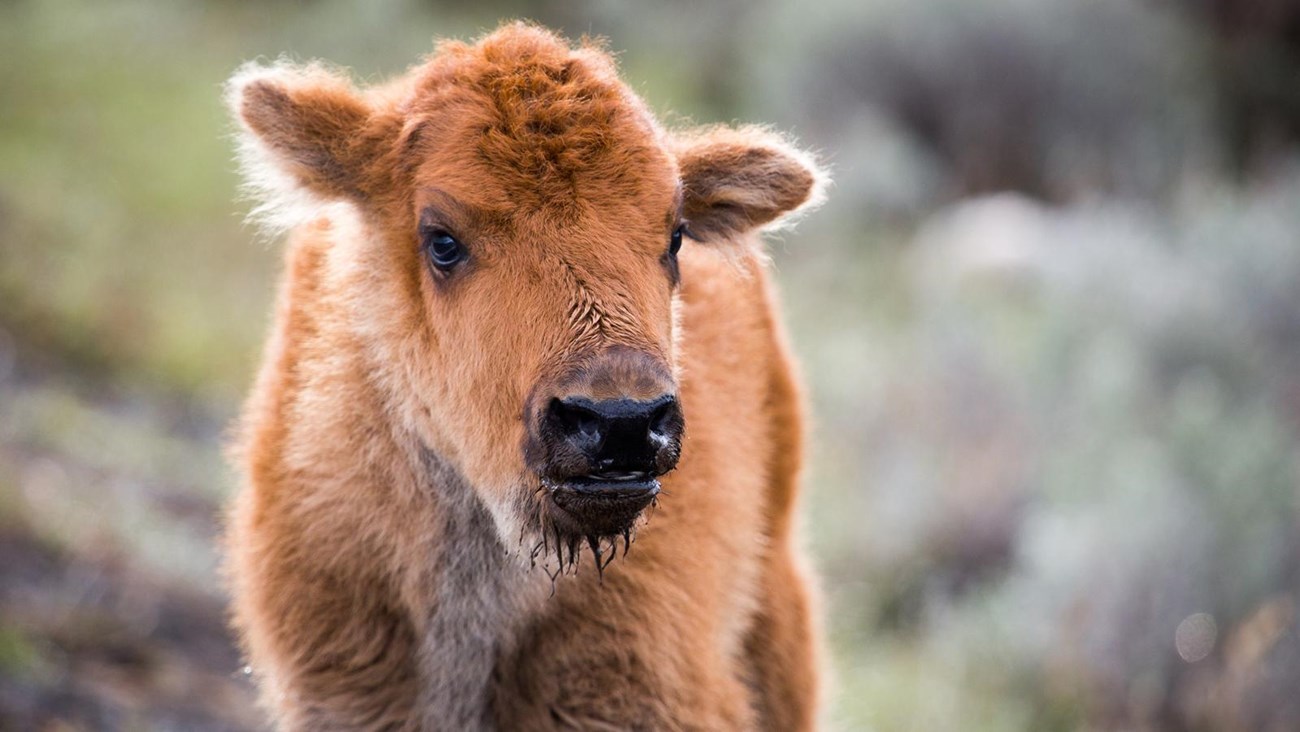
Wildlife
Abundant and diverse: 67 species of mammals, 330 species of birds, 16 species of fish, 5 species of amphibians, 6 species of reptiles. |
Last updated: September 25, 2023
